Restaurant concepts surviving the massacre in the fast-casual dining sector

An article by Jon Blakeney
With over 30% of the UK’s top 100 restaurant Groups now making a loss, the picture has possibly never looked bleaker. However, some would say that at times like this, it’s only those with something truly genuine to offer that will survive thereby weeding out the vulnerable.
How is it that, those one-time stars of the restaurant world such as Byron, Jamie’s Italian and Eat seem to be hitting tough times, while others are flourishing in the same environment? Surely there must be more to it, what makes the weak vulnerable and what are the secrets to success that protect the strong. I decided to dig a little deeper, not as to the reasons for failure (as they have been well documented) but into the success stories, those restaurant brands that are in fact showing great performance, despite the doom and gloom. Aiming to find consistent themes amongst the fast casual heroes that we can learn from.
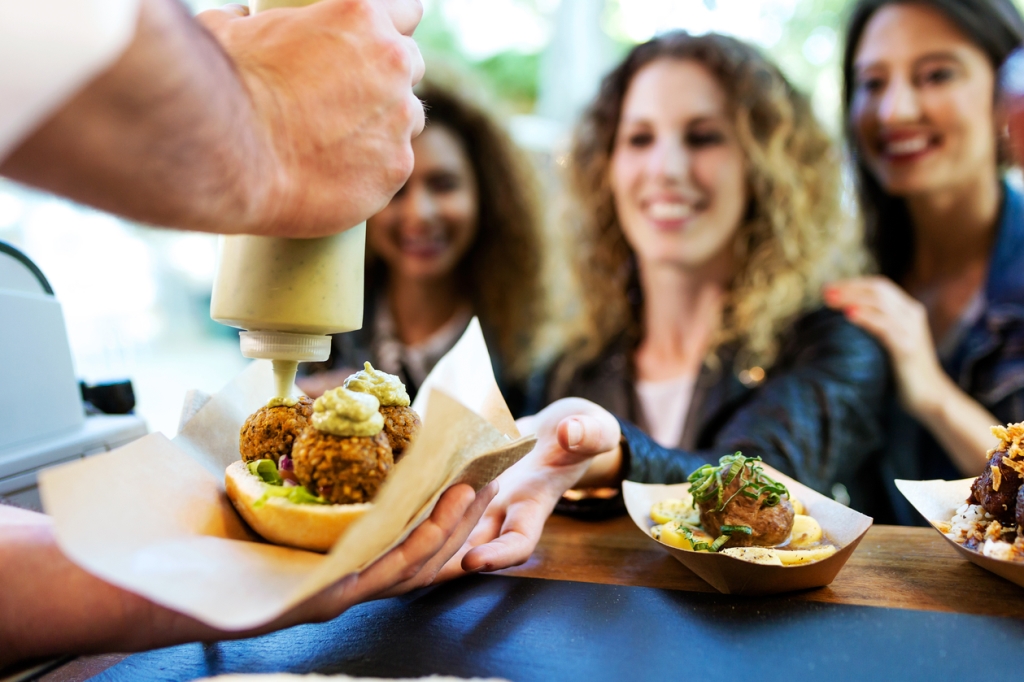
Happy Meal and happy times
My search for the holy grail started with McDonalds, who’s global earnings grew by 10% in 2017 including rising revenues from the UK. McDonalds success has been underpinned by some bold, risk taking initiatives that have paid off. They quickly reacted to the importance of delivery in the UK and embraced it through their collaboration with UberEATS. Thereby delivering additional sales during quieter times of the day; complimenting not cannibalising. The key learning is being bold and when an idea appears to work, apply it at speed to your network. McDonalds have also invested heavily in their customer experience with stand-out initiatives such as GPS table service, self-order kiosks and mobile ordering. Their new flagship opened recently in Chicago, is a real statement of intent and when a fast food business pushes the bar this high, it’s hardly surprising that its squeezing its fast-casual competitors where it hurts.
It doesn’t fall flat with Flat Iron
Next under the microscope was Flat Iron, which has grown steadily since launching in 2012 to five sites across London. Pretty much the polar-opposite to McDonalds but like them achieving considerable commercial success, while others fail. They have focused on one simple steak set dish, and delivered it at the attractive price of £10. This price point is partly possible due to the clever choice of cut however, they have also invested in a 50 strong Dexter cattle herd, which has allowed them to understand more about husbandry and flavour profiling. The have also created an environment that is perfectly suited to a millennial and Gen Z audience. The relaxed, stripped back spaces are raw hence low cost, however, it has touches of glamour such as the ember fire-hearth at the Shoreditch site and the and giant ice blocks on the bar in Covent Garden. This isn’t a regular cheap steak joint, it captures the zeitgeist of the moment perfectly by delivering a ‘masstige’ experience; great value with a charm. However, it doesn’t stop there, there’s also a spirit of generosity at play with the endless free popcorn. Flat Iron have brilliantly identified a gap in the market and filled it with a brand that has attitude, a cool vibe and a friendly persona.
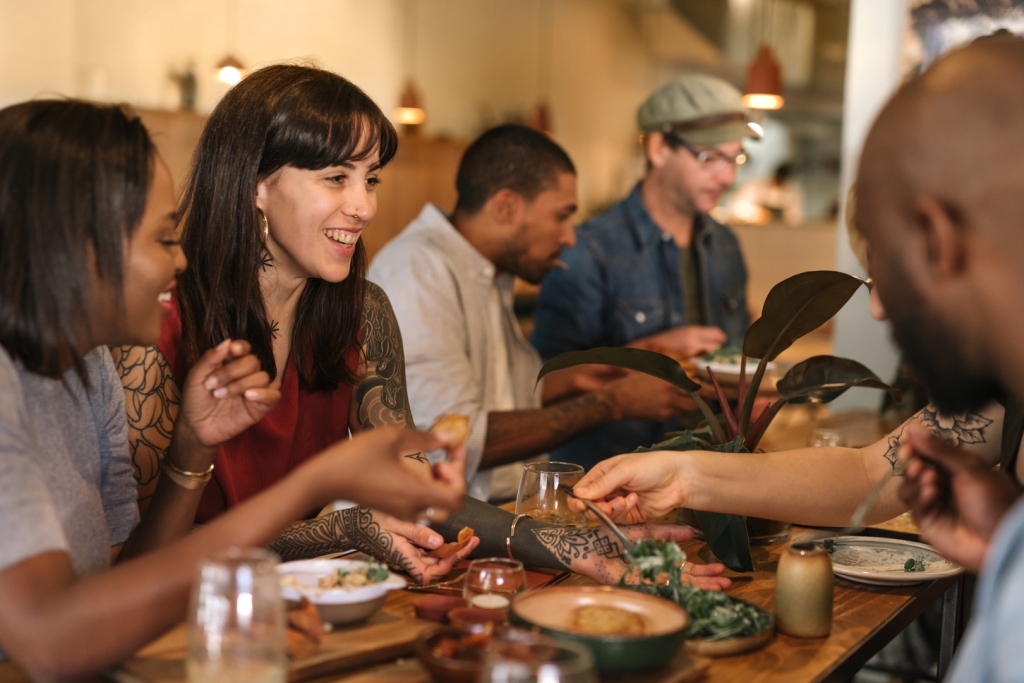
Keeping it fresh, friendly and honest
Another restaurant brand bucking the trend is Honest Burger, which has reported a 51% increase in turnover over the last 12 months and has now opened 24 sites. The first area that makes Honest stand out, is food innovation and a focus on creating a great quality product. Not only does this keep their loyal fans coming back regularly but it also keeps them successfully ahead of the competition. Collaborations such as the Korea and the Karma burger are not a flash in the pan but part of a commitment to innovation and keeping their offer fresh. Similar to Flat Iron they keep it simple, which allows them to remain competitive, starting at £9 for a burger and rosemary fries. The final secret to Honest’s success is their staff. They have managed to recruit cool, friendly, warm- hearted souls and empower them to make every guest feel special. Most importantly they also arm them with great product knowledge that is delivered in a relaxed but confident style. Simple touches such as crouching down beside customers to take their order don’t happen by chance, but at the same time it doesn’t feel forced or fake.
I say #CheekyNando’s
Finally, the stand-out performance goes to the unstoppable Nando’s, whose sales of £850 million in 2017 were up 14% on the previous year. While others have been struggling, Nando’s claim never to have closed a site due to poor financial performance. They now have over 900 locations worldwide and managed to open nearly 50 new sites last year even in these tough times. This fact proves that you don’t have to be boutique to remain unique, Nando’s have grown at an astonishing rate while maintaining both high standards, margins and brand awareness. Above everything else Nando’s are a brand with attitude, they stand for something and have an opinion that they are keen to share. In the restaurant industry where most of their competitors are really just places with a name, Nando’s stand out as a proper brand. Their brand positioning is well supported by their non-traditional marketing activities that rely heavily on social media, resulting in them having over 4 million followers on Facebook. They have even created their own catchphrase “going for a cheeky Nando’s”. Their celebrity following is unlike any of their competitors, exemplified by the mythical Nando’s Black Card. In fact, their fans are truly die-hard, even establishing The Nando’s Defence League to protect sites when riots spread across London. It’s not just about the brand though, there’s so much more; such as the mono style focus on great peri peri chicken, the simple process that removes the negativity of paying at the end of your meal and last but not least the imaginative use of interior design, to create environments that have a distinct, eclectic and relaxed vibe. They are one of the UK’s most impressive food hero’s that acknowledge the various customer and brand touchpoints.
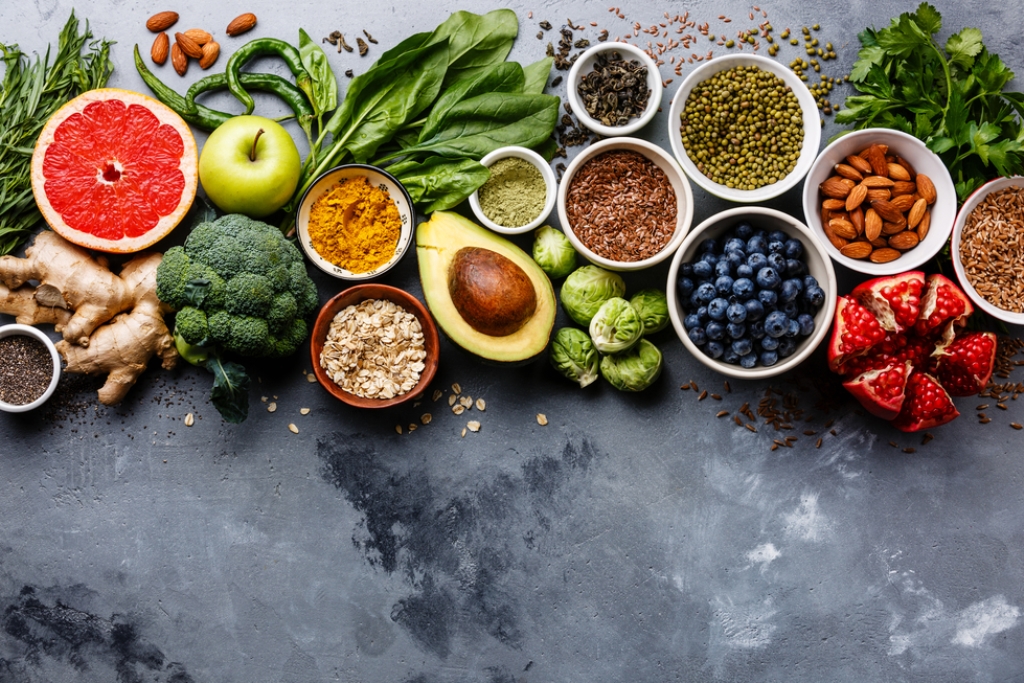
So, what are the learnings from these four food hero’s?
When you analyse them and look for consistent themes, it is in my opinion no coincidence that they are all in their own way, highly successful. Based on the research, I have drawn together my top tips for success, not only for start-up restaurateurs but also the big behemoths who have lost their mojo.
Tip one is grow slow.
All of these brands have taken their time to develop, then expand. In the early years, one site a year seems to be more than enough for any business to manage. This strategy was beautifully expressed by Bobby Hashimi founder of Pizza Union, who recently explained the benefits of taking your time to fine tune the perfect model before expanding; they have grown to 4 sites in five years. Surely, case studies such as Jamie’s Italian have much to do with excessive expansion speed more than anything else. In the pursuit of rapid growth, quality inevitably suffers.
My second tip for success is create a brand, not just a location.
This factor definitely links these four food heroes. That’s not to say the likes of Byron don’t have an outstanding brand with real character, but it doesn’t come close to emulating the brand strength of Nando’s. When we talk about ‘brand’ we mean the responses you evoke in people’s heads and hearts, how you make them feel, think and act. This all needs underpinning with core values and a personality that helps you express your essence, in a memorable way, in other words, your way. Nando’s scores highly on all counts as typified by its campaign against malaria, their own lingo, such as Peri Boyz and a Cheeky Nando’s, causing a stir with bold stunts and rewarding loyal fans with the likes of their secret menu.
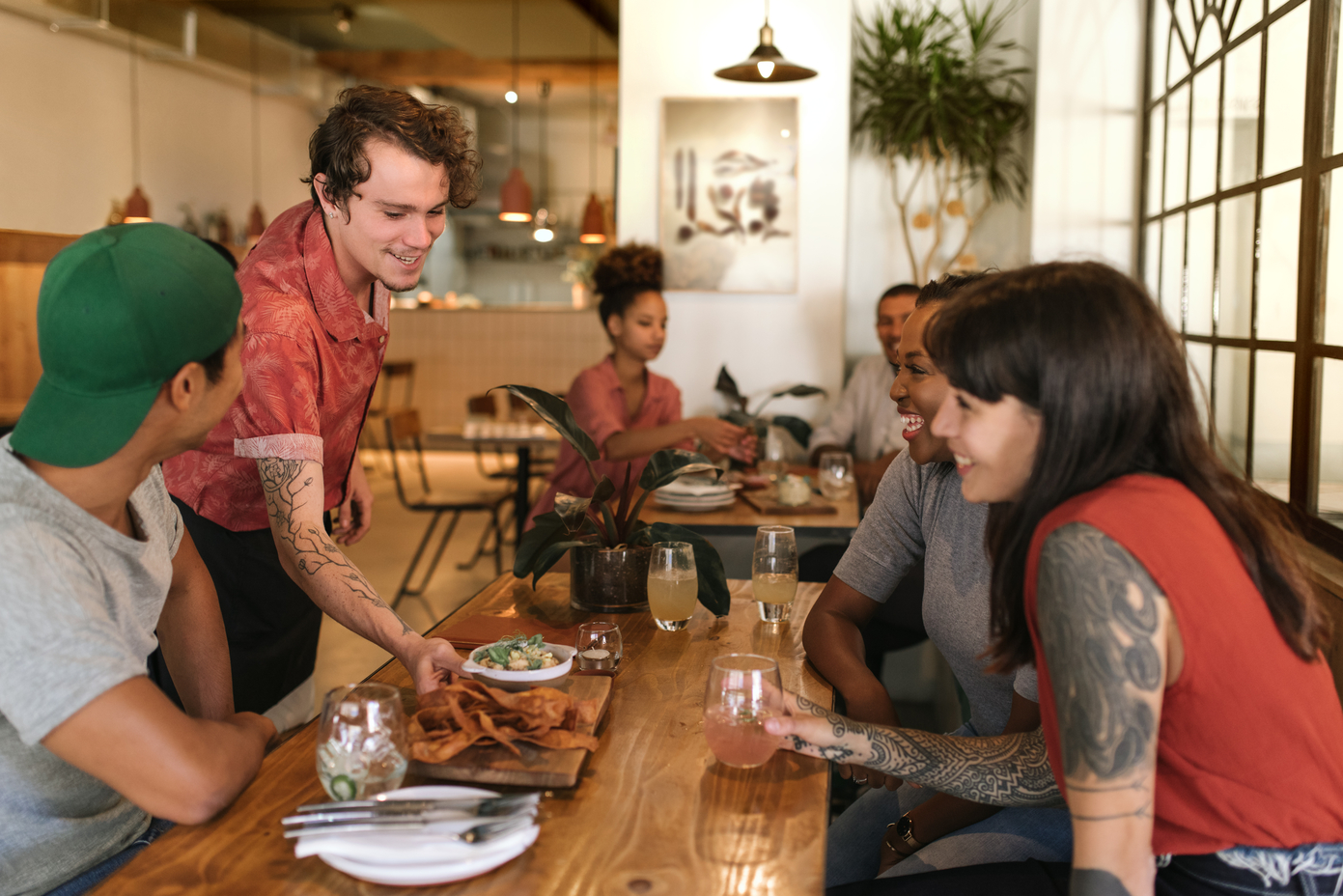
Tip number three is keep it simple.
At their core, all four of these successful brands have a mono product offering that has allowed them to focus their efforts. Keeping it simple allows you to communicate clearly with your audience, deliver food excellence by controlling your supply chain, remain competitive because you can buy in quantity, and most importantly carve your own niche in the market by standing for or owning something. This approach is best expressed by Flat Iron, who not only decided to own steak but a particular type of steak, the flat iron or blade steak. It’s a slightly cheaper cut that has allowed them to offer it at a great price and achieve their goal of shifting the idea of eating steak away from fine dining into the casual market, at £10 it becomes a lunch-time meal within reach of a huge millennial audience. This simplicity has also allowed Flat Iron to control their supply chain, hence reinforcing the quality of their anchor dish. How long before you hear people saying I’m off for a Flat Iron?
My next tip for success is to have an unswerving focus on creating a hero product.
This approach takes hours of dedicated effort, every day of every week, and it never stops. The big benefit of adopting this strategy, is that if it’s hard for you then you can guarantee that it will be equally hard for all those who seek to emulate your brand’s success. Some of the world’s best fashion brands use a model called the product pyramid; this model when applied to the restaurant world can achieve remarkable results. The product pyramid puts your hero product at the top, supported by seasonal items and then your basic essentials at the bottom. All outbound communication is then focused around your USP, hero product. By developing one truly great dish and then broadcasting it to the world, you start to carve out your own niche in a crowded market, you own something. Where would McDonalds be without the Big Mac, Nando’s without their peri peri chicken or Flat Iron without their flat iron steak?

Tip number five is never stop innovating.
Too many brands are far too eager to speed into roll-out and just replicate their model. This approach inevitably leads to failure as gradually standards drop, and customers start to leave. What’s needed is an almost obsessive focus on improvement, never being content with it’s OK. I can remember many hours working with Julian Metcalfe, founder of Pret and owner of Itsu. He’d already achieved more in the restaurant world than many others could only dream of, however every day he would pour over the details, obsessively challenging his team to innovate and achieve excellence. This approach requires a love of what you do, a drive and a determination to be the best. For me no-one exemplifies this approach better then McDonalds, who continue to drive innovation in a way that puts enormous pressure on their competitors. They were one of the first to go for drive throughs, self-service kiosks, table service via GPS, and fast-lane collection counters. That’s without mentioning their continued menu development with new innovations constantly hitting the market and stimulating awareness.
My final tip for success is to create a value-added experience.
One of the foundations that link all of the brands mentioned is that they go beyond just offering a good value product, they add value to their products by wrapping them in an overarching experience. The effect is to elevate the experience beyond what customers would normally expect, hence increasing advocacy and loyalty. By crafting distinct moments of truth throughout the experience, it’s possible to focus a brand’s energy where it will make the most impact on a guest, consequently creating the best return on investment. These elements of added value aren’t about spending big bucks, they are about the effect they have on the customer. When a member of the Honest Burger team crouches down beside you to take your order, it makes you feel special and appreciated. When you can sit at your table in McDonalds and order a top-up to your meal, which then magically arrives to where you’re sitting, you are definitely going to tell someone about it. When you sit in Flat Iron eating your £10 steak & lamb’s lettuce, you’ll definitely remember seeing today’s special roasting on the open fire, a treat to come back for next time. When value brands go the extra mile they cleverly bridge the gap between low cost and premium, it hits the sweet spot known as masstige. This approach allows a business to attract customers with great pricing but most importantly keep them coming back thanks to those premium touches that they like so much, those elements of luxury that they wouldn’t expect.
In summary, my UK food heroes definitely share common traits and it’s no surprise that they are flourishing while others are suffering. In many ways, the threads that link these brands could be applied to almost any restaurant business to either launch a great new venture or breathe life into a tiring leviathan.
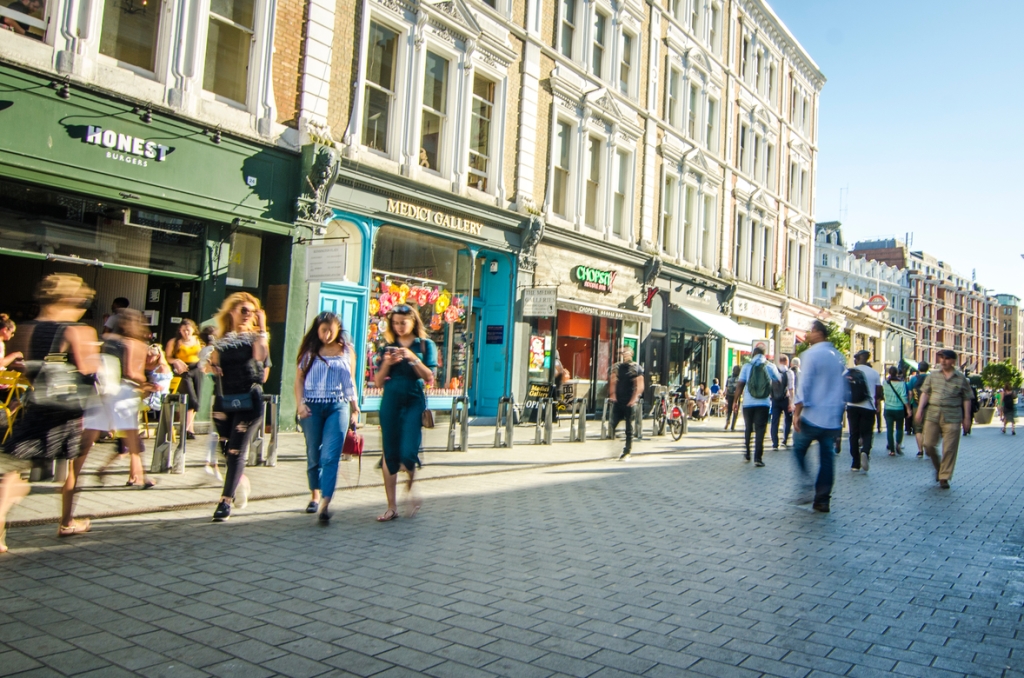
Recap of the recipe to success – Top 6 Tips:
- Grow slow. Integrity is everything: In the pursuit of rapid growth, quality inevitably suffers.
- Create a brand, not just a location. Core values and a personality that helps you express your brand essence, in a memorable way, in other words, your way.
- Keep it simple. This allows you to target and communicate clearly with your audience, deliver quality by controlling your supply chain, be competitive as you can buy in quantity, and carve your niche in the market by owning or standing for something.
- Create a hero product. By developing one truly great dish and then broadcasting it to the world, you start to carve out your own niche in a crowded market, you own something, similar to a signature dish.
- Never stop innovating. Whether it is technology or food innovation, striving to consistently enhance you experience and product offer, to adapt to the changing customer needs and demands is the key to remain relevant.
- Create a value-added experience. Add value to your products by wrapping them in an overarching, distinctive and ‘ownable’ experience. The effect is to elevate the experience beyond what customers would normally expect, hence increasing advocacy and loyalty.
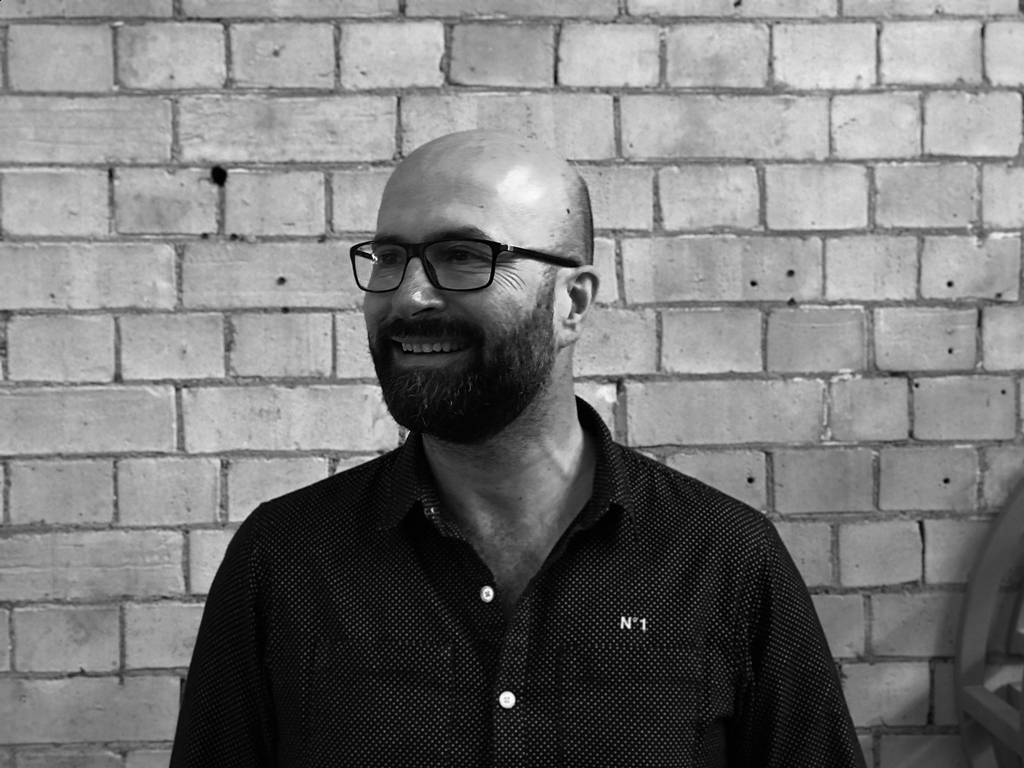
About Jon Blakeney, Group Managing Director at I-AM:
Jon is a serial entrepreneur, a foodie, a horseman and a designer of highly compelling experiential retail spaces. He has led design projects for a number of market-leading brands, and is an acknowledged authority on brand strategy and identity.
His belief that creativity and business acumen are ideal bedfellows has delivered great success, both for his own businesses and those of his clients. With a background in retail interior design, Jon has led I-AM’s drive into the international banking sector, managing projects for UniCredit, Jordan Kuwait Bank, Ocean Bank (Vietnam), New India Bank and RBS.
Also recognised and respected as a design pioneer in London’s restaurant scene, Jon’s expertise and experience transcend multiple industry sectors.


Leave a comment